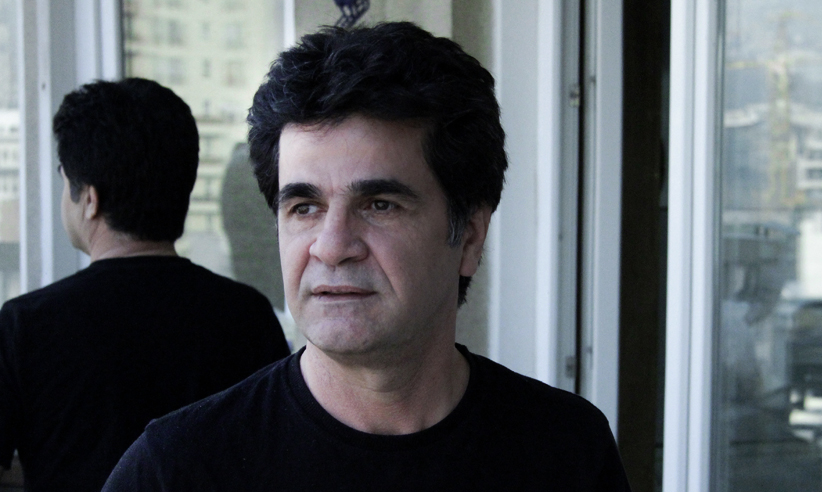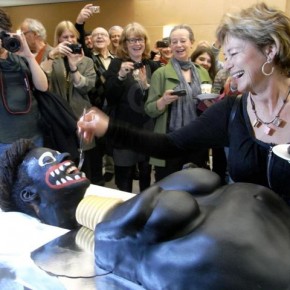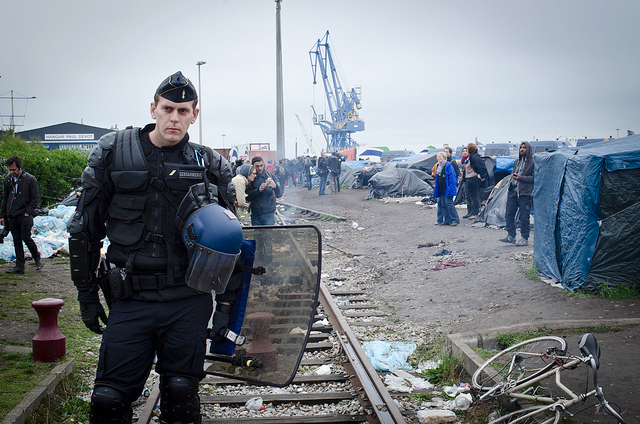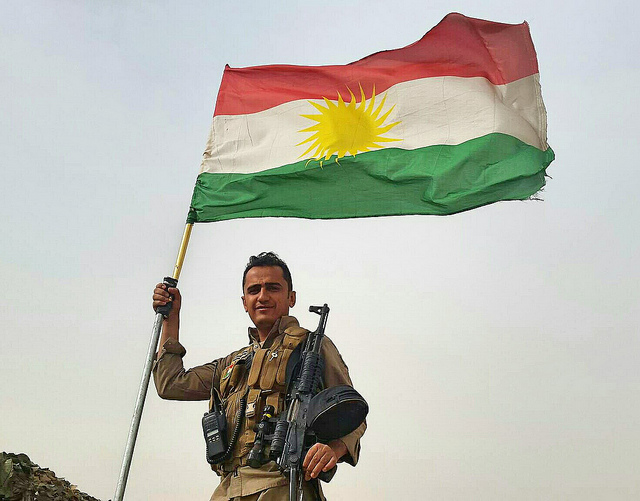It’s impossible to avoid politics in discussing This Is Not a Film. But this study of director Jafar Panahi, who was sentenced by the Iranian government both to prison and the purgatory of not being able to pursue his profession for two decades, is far more than your typical protest documentary. Indeed, the restrictions under which this project was conducted demonstrates what makes Iranian cinema so great.
Shot entirely in one day in March, 2011, while Panahi was under house arrest waiting to hear the outcome of his appeal, This Is Not a Film begins the way a typical day-in-the-life documentary might, with its subject eating breakfast and making work-related phone calls, apparently oblivious to the surveillance of a stationary lens, but soon detours down a less predictable path. The director invites his friend, the documentary filmmaker Mojtaba Mirtahmasb, to come over and take charge of the camera. Then Panahi starts telling the story of the film he was making at the time of the arrest.
After watching Panahi excitedly sketch out scenes from its screenplay, about a girl whose conservative parents place her under a kind of house arrest to prevent her from studying at a university, it is hard to accept This Is Not a Film as the diary it initially promised to be. The director pays too much attention to detail to overlook the parallels between his previous films and this work, whatever one chooses to call it. Even though Panahi may not know what will happen once he makes a departure from the government’s script, he has an unobstructed view through this window of opportunity.
Perhaps because of their concern for the director’s safety, most critics in the United States and Europe have gone along with the title’s premise. Writing in the New York Times, A.O. Scott, remarked that, “there is no plot (it’s not a film, after all), but there is nonetheless an amazing twist at the end, followed by a quiet tremor of awe.” Given the number of celebrated films accused of plotlessness, from Jean-Luc Godard to Peter Greenaway, this assertion has to be taken with the proverbial grain of salt.
So does the review’s conclusion: “How did Mr. Panahi do this? I’m at a bit of a loss to explain, to tell you the truth, since my job is to review movies, and this, obviously, is something different: a masterpiece in a form that does not yet exist.” Although This Is Not a Film assuredly merits such effusive praise — even outwardly insignificant scenes, like Panahi eating breakfast, are strangely riveting — it would be a disservice to Iranian cinema to deny it a place alongside its obvious forebears.
Panahi’s mentor Abbas Kiarostami, Iran’s most celebrated director, has consistently explored the fine line between fiction and documentary. His 1990 picture Close-Up, for example, concerns the strange tale of a man who impersonated another Iranian director, Mohsen Makhmalbaf, going so far as to cast people in the film he was supposedly making.
Many Iranian filmmakers, Panahi included, have deployed non-actors in pursuit of a reality effect quite distinct from anything mainstream Hollywood has achieved. This Is Not a Film does a masterful job of mobilizing this rich tradition even while insisting on its status as something other than what he has been forbidden to produce. Particularly telling are the scenes in which the director watches his own films on DVD, providing a commentary on moments within them that destabilize our understanding of cinematic categories like directing and acting.
Early on, Panahi compares himself to the little girl in his 1997 film The Mirror, who suddenly refuses to act anymore in the middle of a scene, throwing away her cast and clothing before walking off the bus on which the crew was filming her. We get to see Panahi filmed by one camera while directing another, as he refuses to shout “Cut!” because the girl might do something interesting as the non-actor she has petulantly declared herself to be.
This moment serves as a metaphor for the way This Is Not a Film develops. Panahi wants to keep the camera rolling, even though he has become a non-director. Indeed, he and his collaborator Mirtahmasb repeatedly make light of the fact that, because of his legal status, he is not permitted to say “Cut!” anymore. Ingeniously, the injunction not to make films is turned on its head, becoming a spur to continue filming.
Later, when Panahi looks at his 2003 film Crimson Gold, the one that first ran him afoul of Iranian authorities, he walks us through a scene in which the amateur he cast in the lead role does something that wasn’t in the screenplay. Panahi explains, echoing the earlier sequence from The Mirror, that when you try to direct non-actors, they end up directing you. This insight becomes a sly commentary on Panahi’s situation. By preventing him from pursuing his profession as a director, the Iranian government has effectively cast him as a non-actor in its own directorial effort: This Is Not a Film.
For most of the day, Panahi heeds the letter of the law, only using his iPhone to capture footage. But when Mirtahmasb leaves towards the end of the film, temptation becomes too great. At the urging of the young man who has come to take out his trash, Panahi picks up the professional camera and joins him in the elevator. Despite the cramped quarters and the tedium of this task, this final portion of This Is Not a Film is as exciting as anything in a well-constructed thriller.
Is the young man who he claims to be, the brother-in-law of the building’s janitor? Or is he, rather, like the outwardly personable boy in the film Panahi wanted to make, who wins the imprisoned protagonist’s heart but turns out to be another “agent” of her oppression. We never get to find out. But the mounting tension in the elevator is the ideal prelude to the picture’s incendiary final shot. Doing his own camerawork and sound seems to have liberated the director, bringing out an inner fire that no amount of censorship can extinguish.
This Is Not a Film is a deeply passionate statement about the power of art. Although we may smile at Panahi’s cleverness, we also identify with the gravity of his plight. This is a man who so desperately needs to practice his craft that he is willing to risk everything for it. The least we can do is to acknowledge him for having done so against all odds. Maybe the finished product can’t be classified as a film, but it certainly is one, and a remarkably fine one at that.
Photograph of Jafar Panahi courtesy of This Is Not a Film website





